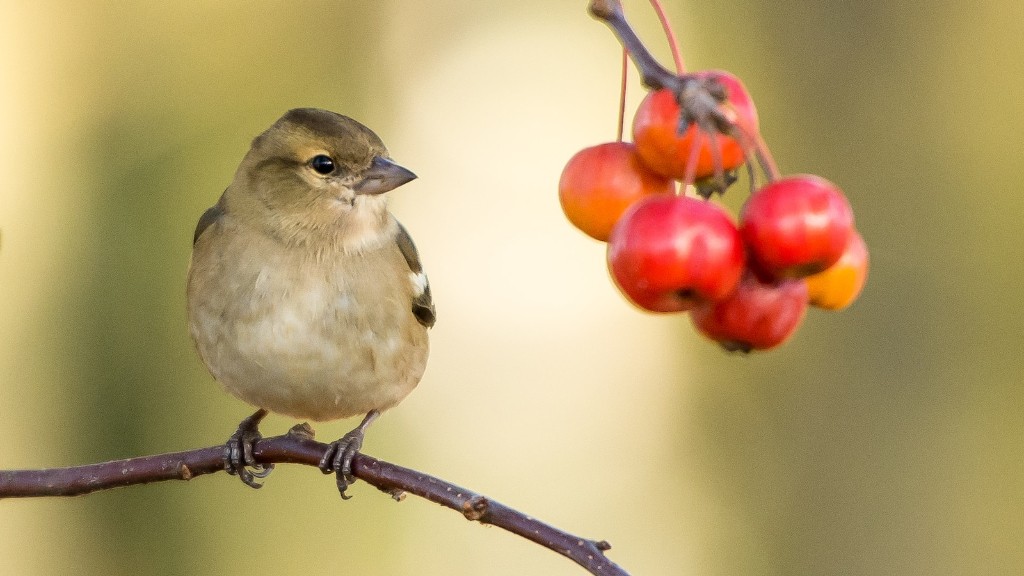Nutrients Needed for Avocado Tree Growth
Avocado trees need a balanced blend of nutrients to reach their full growth potential. They require nitrogen, potassium, phosphorus, calcium, magnesium and trace elements like boron as part of their diet. Nitrogen and potassium are probably the most important, as they will provide strength and vitality to the tree and increase its production of fruit. Without these, the avocado tree will struggle to survive or even bear fruit.
Phosphorus and calcium are essential for the tree’s root system and will make sure the avocado tree is nourished and has the ability to absorb more nutrients from the soil. Magnesium is necessary for photosynthesis and other important metabolic processes and is often found lacking in the soil. Boron helps to prevent uses and ensures healthy fruit production.
If you’re not sure how much of these elements are in your soil, a soil test is a great way to check for deficiencies. If you discover there are lacking any of these essential nutrients, then you should consider fertilizing your avocado tree.
Fertilizing Schedule
When fertilizing your avocado tree, the first step is to create a fertilizing schedule. The goal should be to achieve balance and to give the tree just the right amount of the right types of nutrients, not too much or too little. The amount and type of fertilizer you use should depend on the age and health of your tree.
The best time to fertilize is generally after the harvest. The tree will have drawn out a lot of nutrients during fruit production, so this is when it needs the extra nutrients most. You should also fertilize in late winter to prepare for the spring growing season.
When you apply fertilizer, you want to cover the ground but not the trunk itself. When it rains, the fertilizer will get washed into the soil and the roots will take up the nutrients it needs.
Fertilizer Options
When choosing the right fertilizer, look for one that has a nitrogen-phosphate-potassium or NPK ratio of 5-2-5, 8-2-12 or 8-2-16. You can either use a liquid fertilizer, a granular fertilizer or a slow-release fertilizer.
Liquid fertilizers are easy to use, but the nutrients will be used up quickly and will need to be applied more often. Granular fertilizers last longer, but may need to be applied more frequently. Slow-release fertilizers also last longer and will slowly release their nutrients over an extended period of time.
Organic or Synthetic Fertilizer
When it comes to fertilizing your avocado tree, you have the option of using an organic fertilizer or a synthetic fertilizer. Organic fertilizers are derived from natural sources like plants, animals and minerals and are often applied as compost or manure.
Synthetic fertilizers are made from chemicals in a lab, usually in the form of granules. They are very concentrated and deliver a lot of nutrients, but they can also have potentially harmful side effects like burning or desiccating the soil.
Fertilizing Side Effects
When fertilizing your avocado tree, it’s important to remember that too much fertilization can have negative effects. When you over-fertilize, you can end up overloading the soil with too many nutrients, which can cause root burn or other damage to the tree.
Too much nitrogen can also lead to lush foliage at the expense of fruit production and make the tree more susceptible to pest and disease problems. It’s also important to note that some synthetic fertilizers contain salts that can build up in the soil and become toxic to the tree.
When to Fertilize
The best time to fertilize your avocado tree is when the tree is actively growing. In general, that means in mid-spring and mid-summer, but the exact timing will vary depending on the climate and the type of avocado tree you have.
Your tree should also be fertilized before it starts to produce flowers and fruit. This will help ensure that the tree has enough energy to create flowers and fruit, as well as protect it from pests and disease problems.
Using Bio-stimulants
Avocado trees respond very well to bio-stimulants, which are natural substances that can help to stimulate the plant’s growth. They are usually derived from plants or animals and are easily absorbed by the tree’s roots, helping them to take up more of the nutrients they need.
By using bio-stimulants, you can also ensure that the tree gets all the vitamins, minerals, and trace elements it needs, without over-fertilizing. Bio-stimulants can be applied to the soil to supplement existing fertilization or can be added to existing fertilization programs to create a more balanced diet for your tree.
Keeping Soil Healthy
In addition to fertilization, it’s essential to keep the soil around your avocado tree healthy. Without healthy soil, your tree won’t be able to absorb the nutrients it needs. Healthy soil also helps to reduce water loss and prevent pests and disease problems.
Adding organic matter to the soil will help to improve its structure and make it more hospitable to the tree’s root system. Organic matter like compost, manure, straw and wood chips will help to improve the soil’s tilth, aeration and drainage, as well as provide additional nutrients and trace elements.
Mulching
Mulching your avocado tree is also important for keeping the soil healthy. Mulch will help to keep the soil moist and inhibit weed growth, as well as discourage pests and disease problems.
You should use a thick layer of mulch around your avocado tree and keep it away from the tree’s trunk and root zone. Organic mulches like straw, grass clippings and wood chips are best as they will slowly break down and add additional nutrients and trace elements to the soil.
Pruning
Pruning your avocado tree is essential for keeping it healthy and productive. It will help the tree to stay more compact and encourage more flower and fruit production.
When pruning, you want to remove any dead, unhealthy, or overcrowded branches, as well as any low-hanging branches that are at risk of doing damage to the tree. You can also prune away any suckers that are sprouting out of the tree’s root zone.
Conclusion
Fertilizing your avocado tree is an essential part of its care regimen. The key is to provide a balanced blend of essential nutrients to the tree’s root system, as well as use bio-stimulants and keep the soil healthy and mulched. Pruning is also important for keeping the tree healthy and productive.

